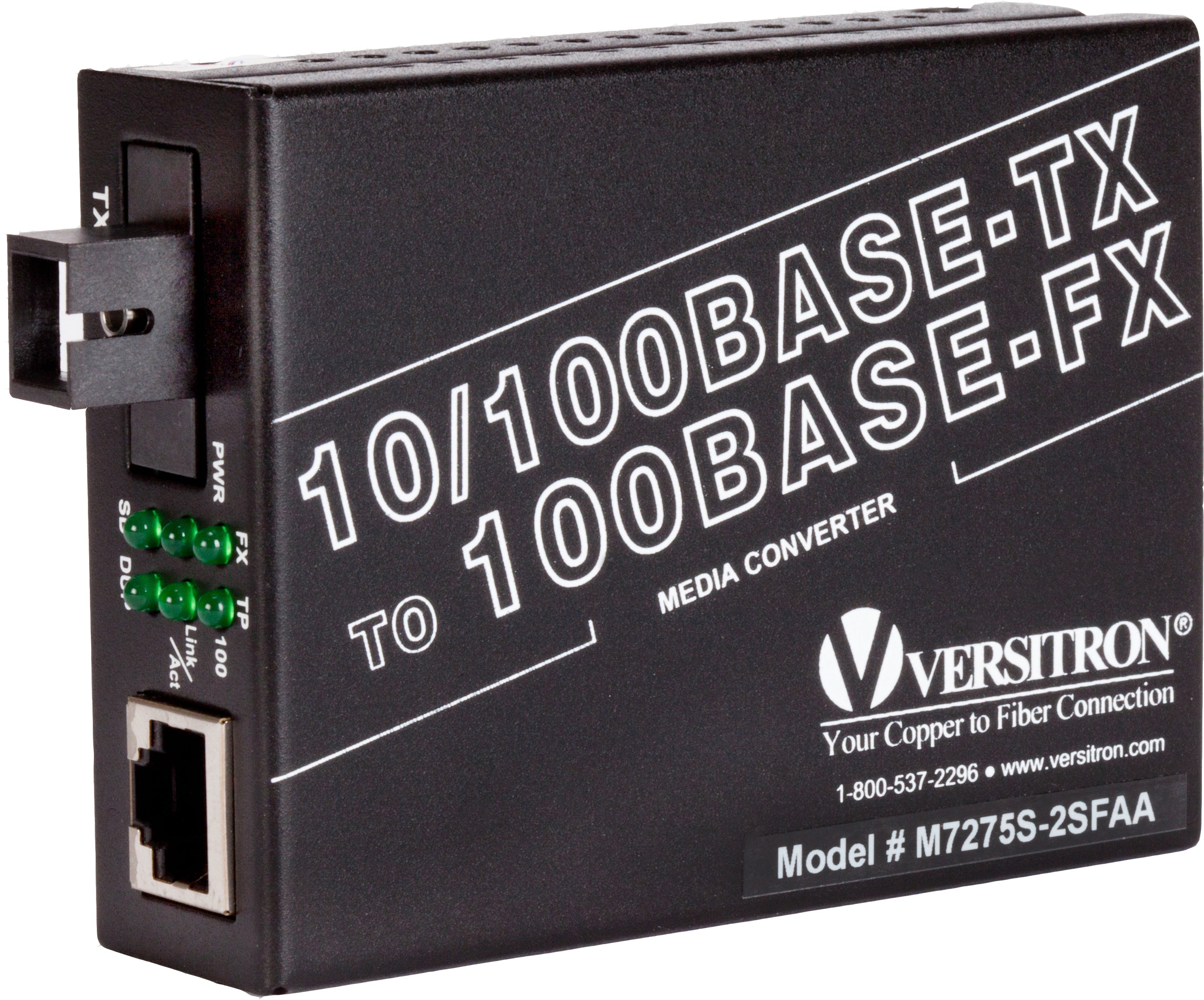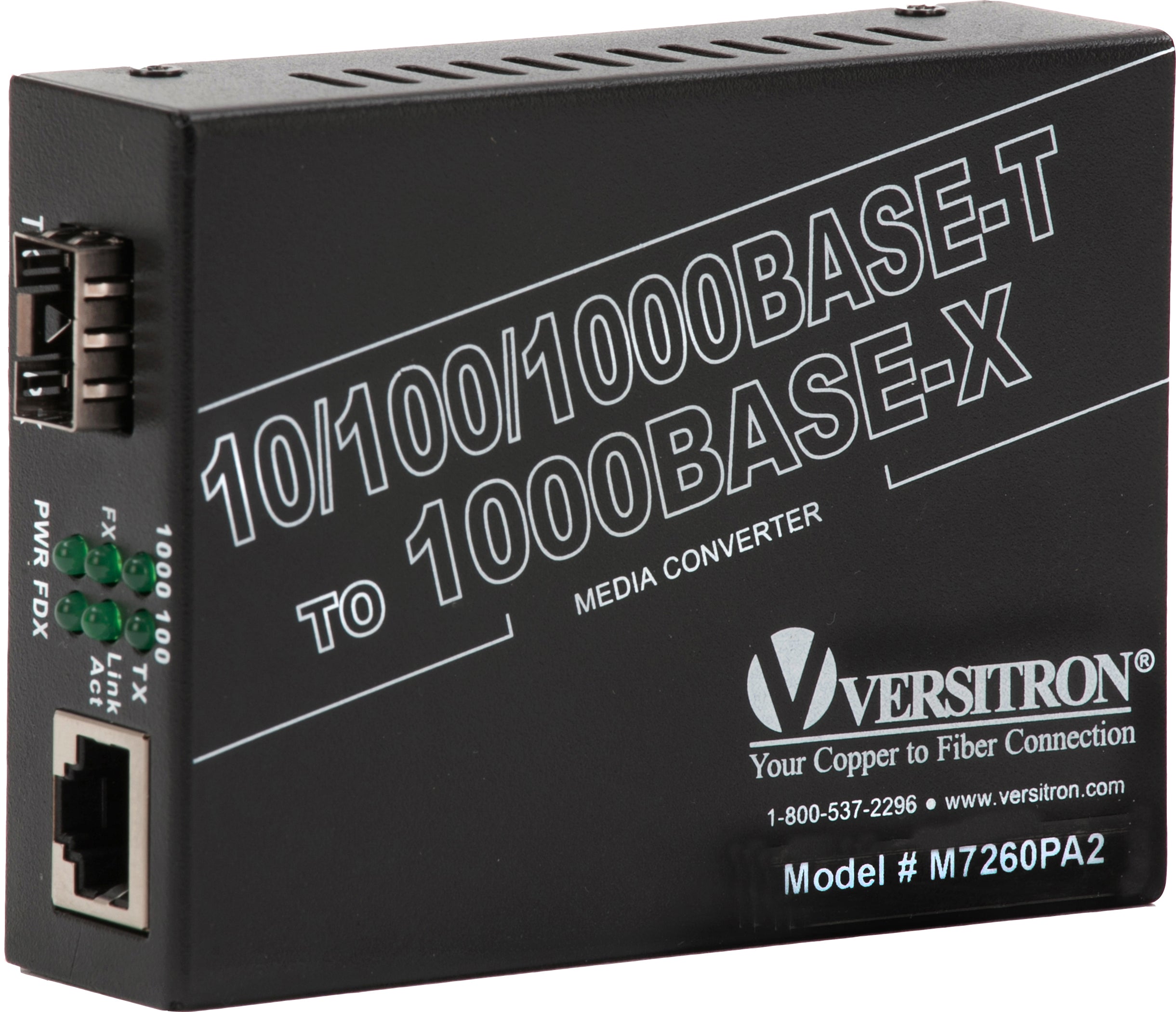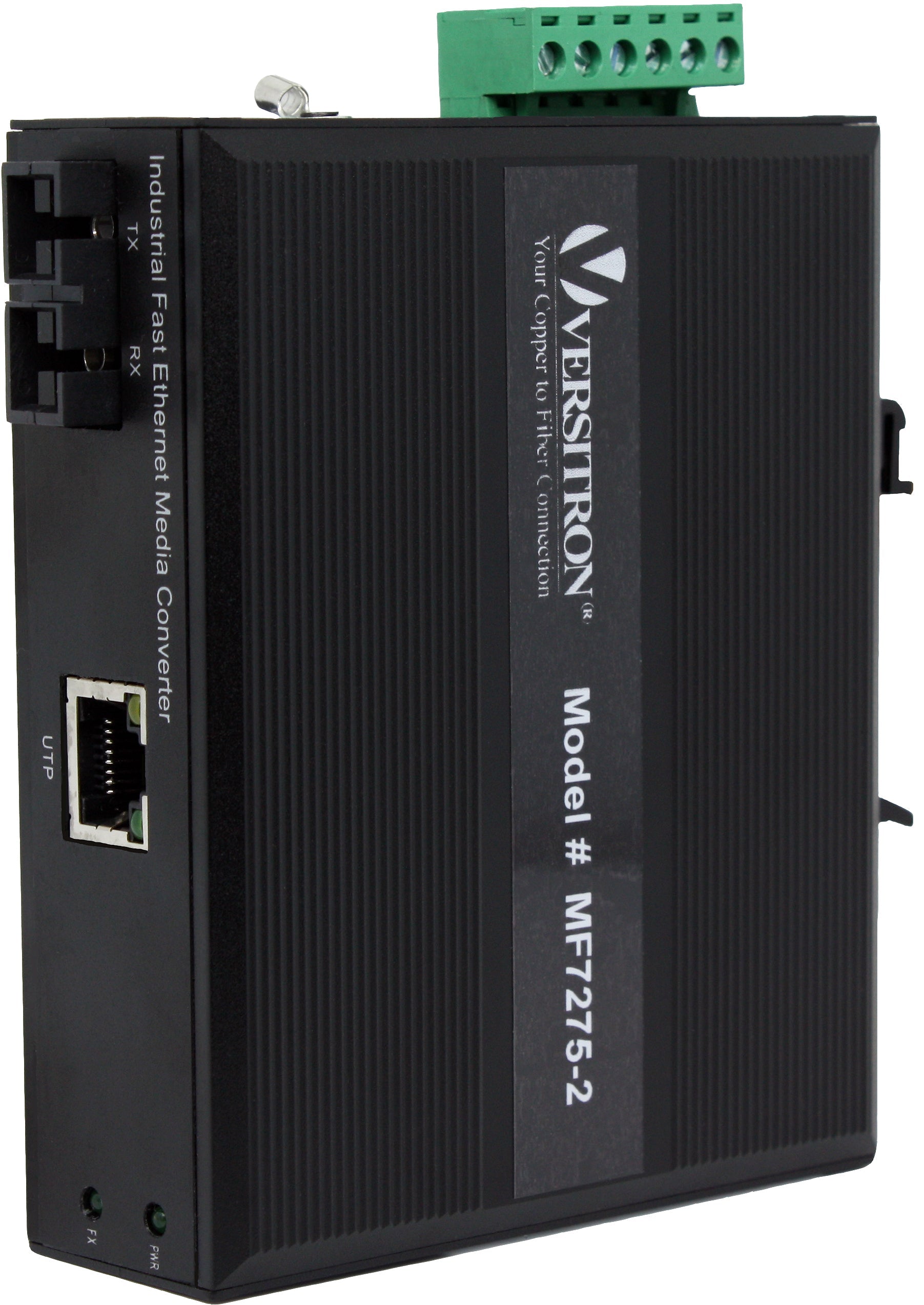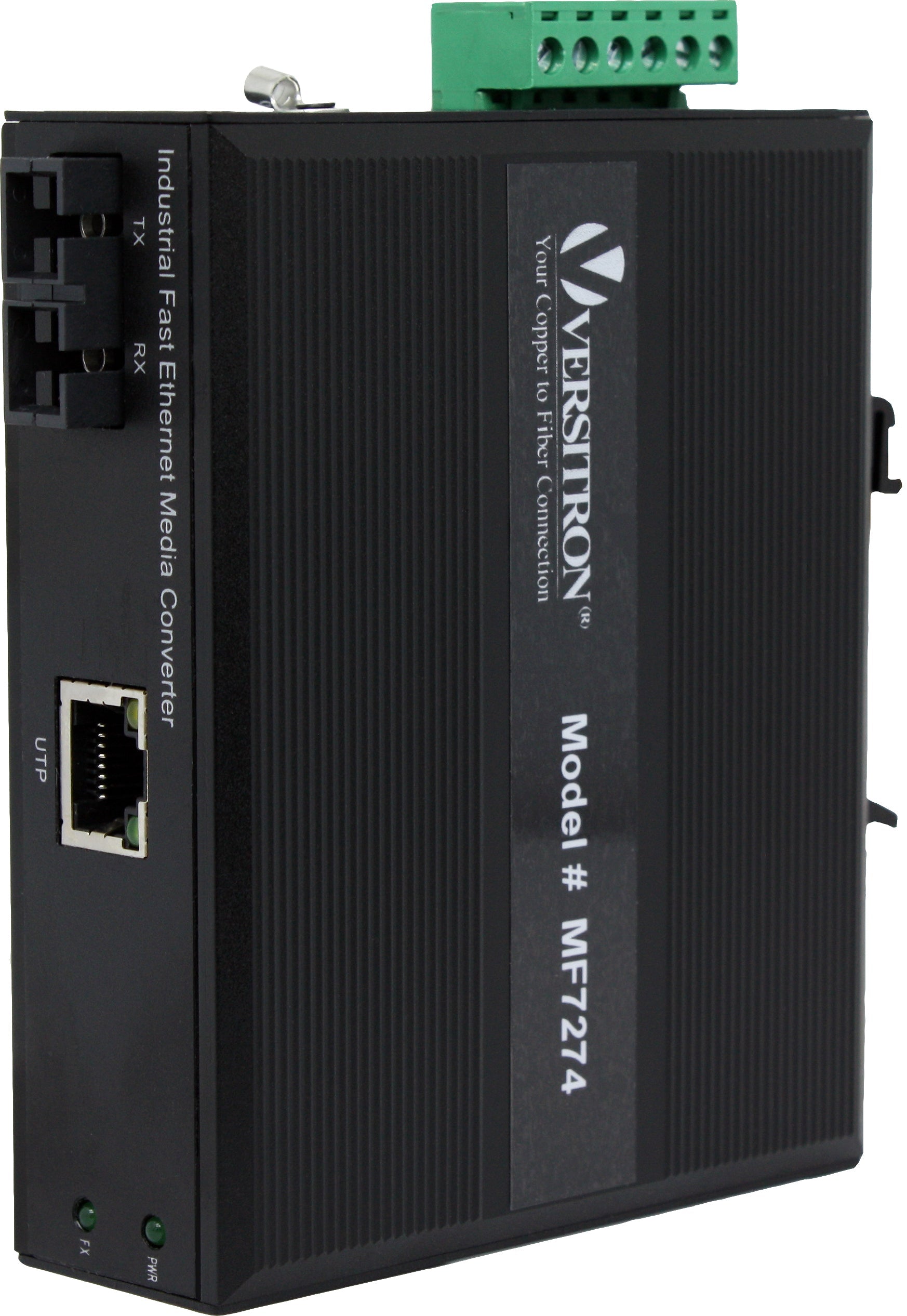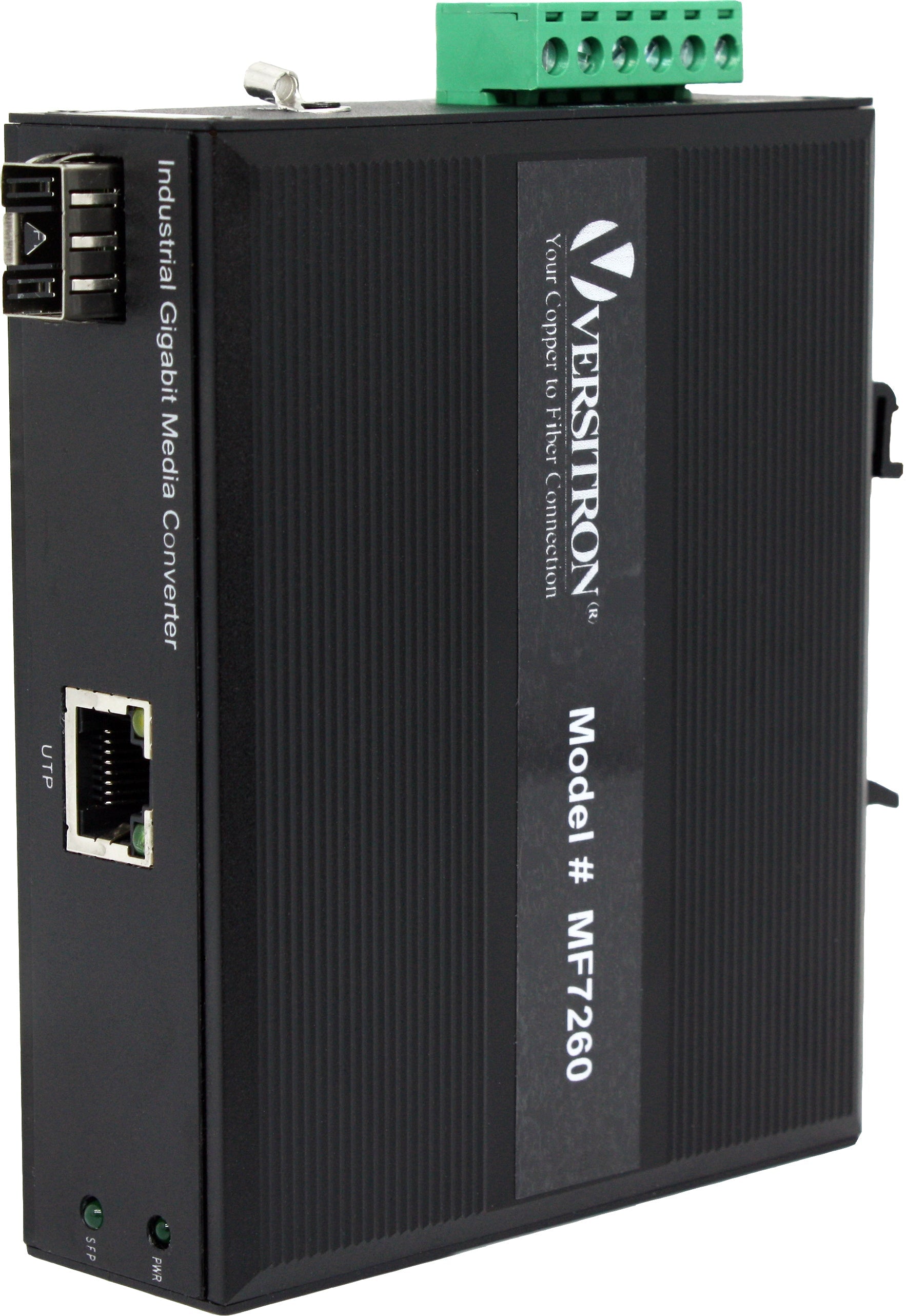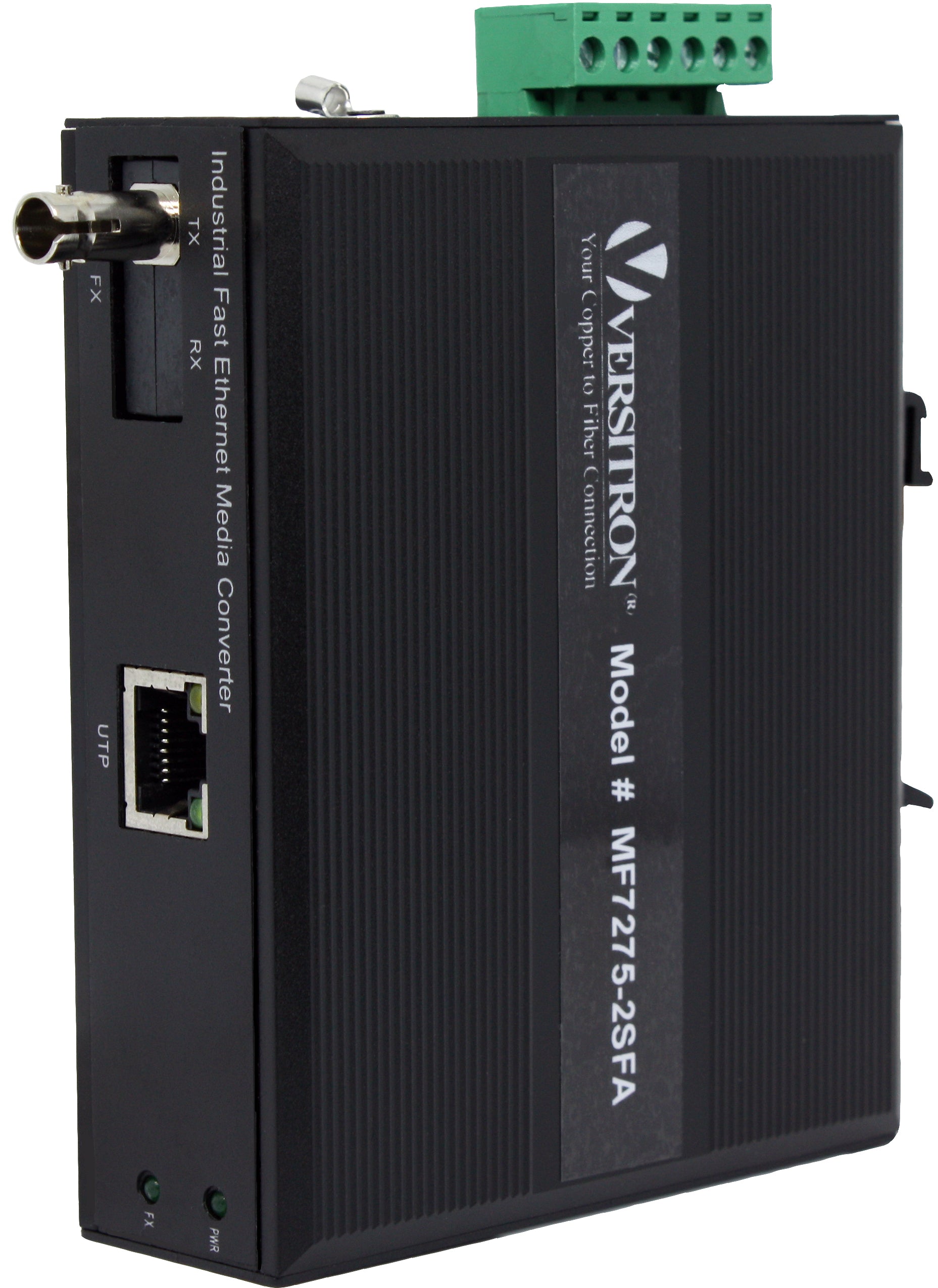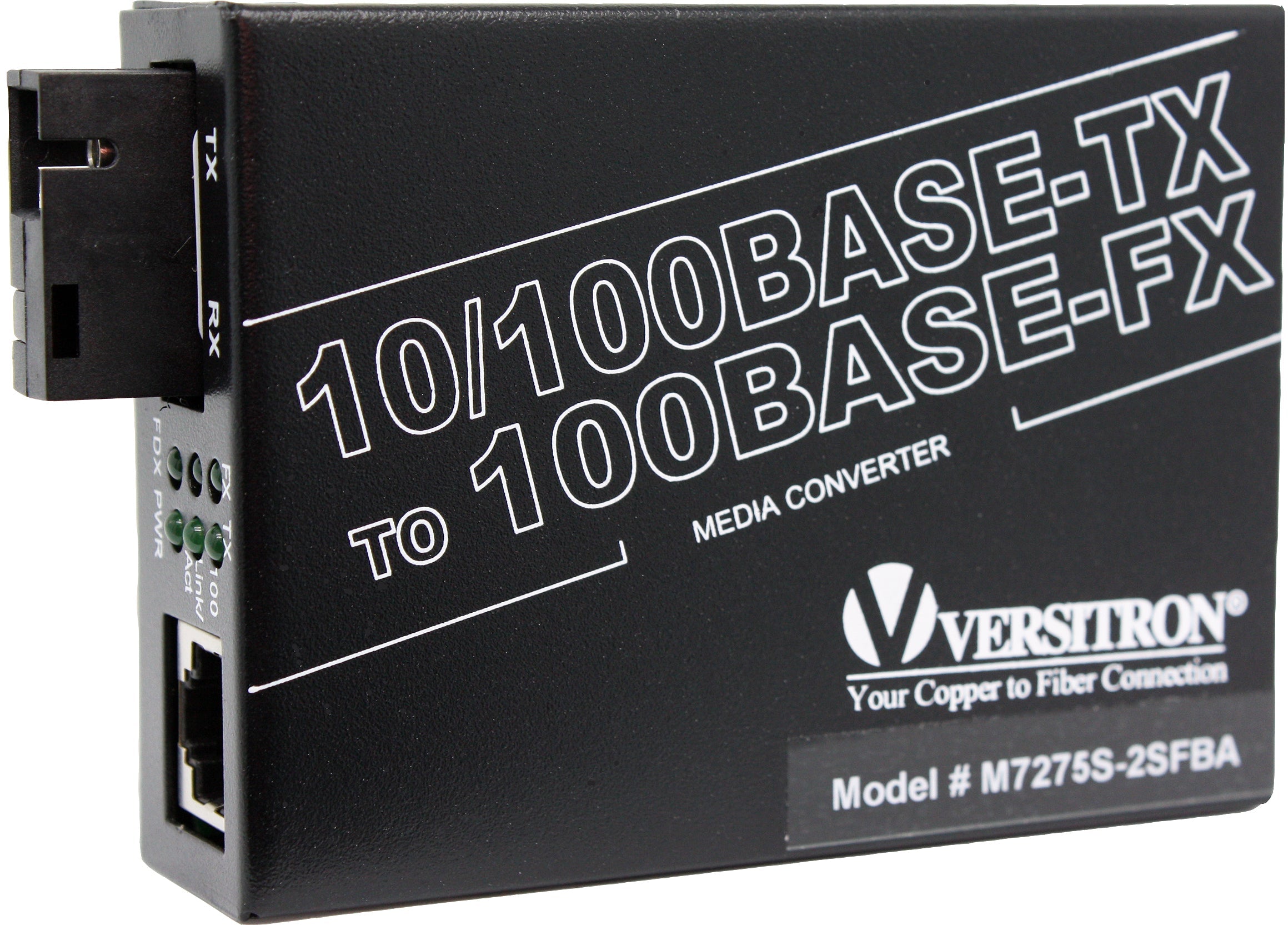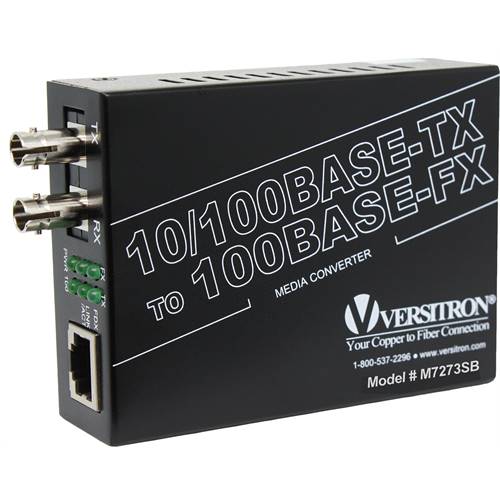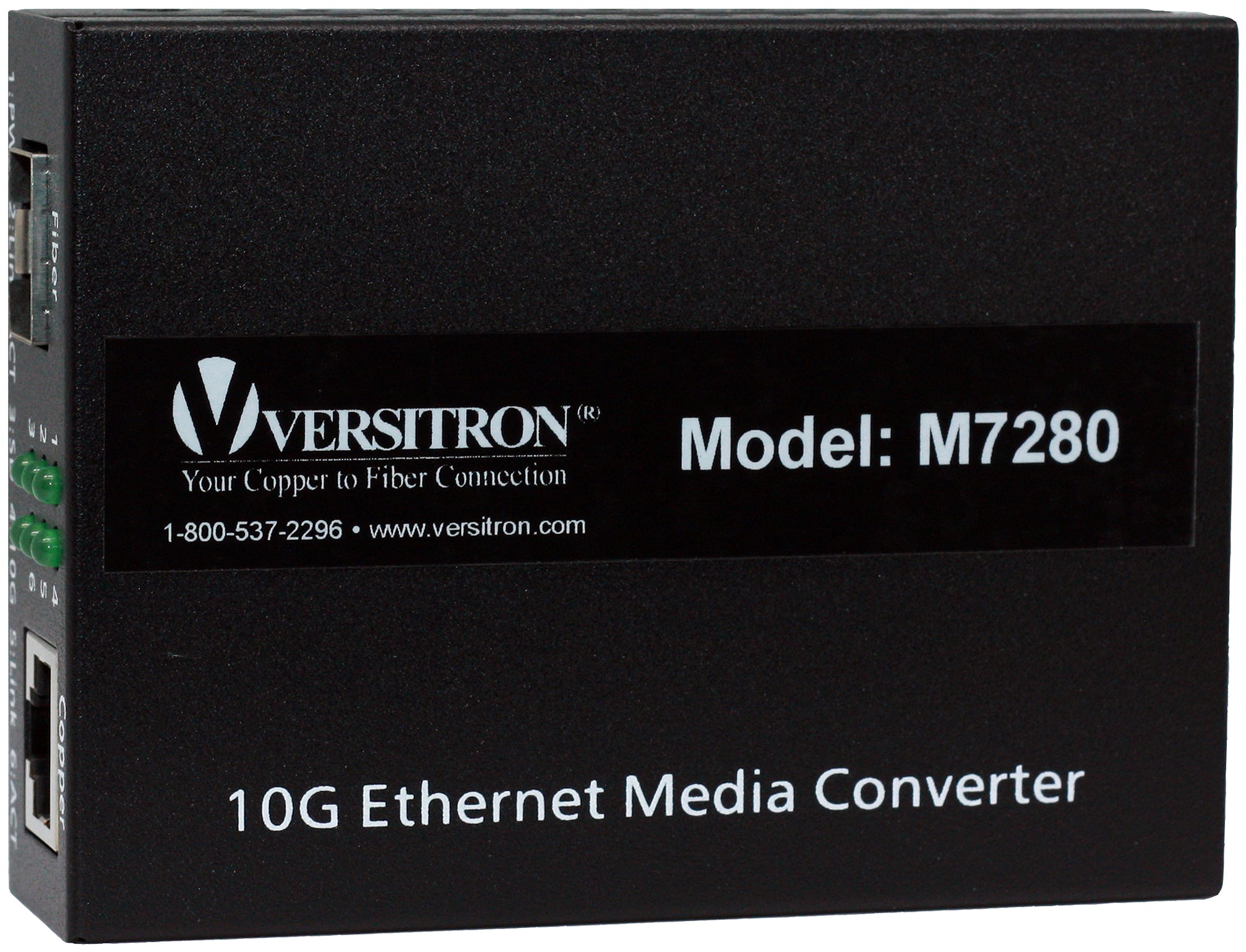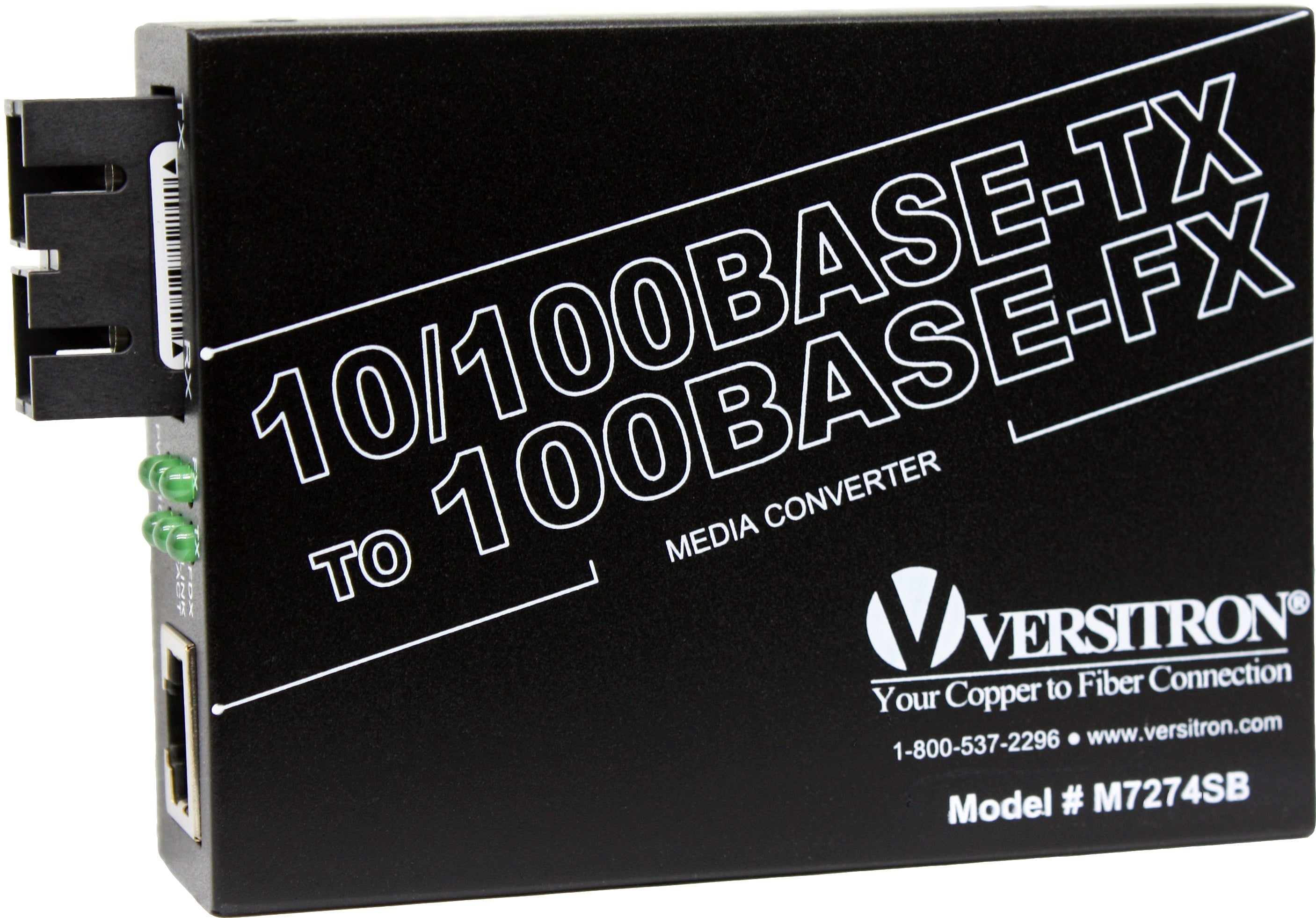Thanks to improved network reliability and fast data speeds, many business organizations are embracing 5G networks. These benefits mean businesses can improve their customer satisfaction, competitiveness, and optimize their savings and profits. Several factors contribute to the success of this technology and fiber-rich network infrastructure is one of them. Having said that, it is quite obvious to think what makes fiber technology popular over legacy copper systems in 5G and what 5G entail. Read the post to know these answers and more.

An Overview of 5G Network
Connected society and people is a vision nursed and promoted by most business and social enterprises for several years. This is supported aptly by 5G networks. 5G is one of the most advanced wireless technologies that assure ultra-low latency and swift data delivery. Unlike 3G and 4G networks, the 5G uses a different set of frequencies to deliver services. It uses Sub-6-GHz worldwide for mobile connectivity, and 24 GHz for high-bandwidth coverage. In 4G networks, small number of macro cells were employed to cover one square mile. However, in 5G, many microcells are used to cover a square mile. The deployment would vary on a case-to-case basis, but a 1:600 ratio assures a new level of densification. Optical fiber is the new choice for connecting this dense mesh of 5G microcells. Why is it so? Read the next section to know the answers.
A Brief Introduction to Fiber Optics
Fiber optics, also known as optical fiber, is the technology where information is transmitted in light pulses across plastic or glass fiber. A fiber optic cable may comprise a few hundred glass or plastic fibers in its core. These fibers are surrounded by another layer of glass known as cladding. The cladding is further protected by a buffer tube and an additional jacket layer protects the individual strands.
The cladding and the fiber optic core both have different refractive indices. The light bends at certain angles when it passes through these areas. This light bending occurs in a zig-zag pattern, which is known as total internal reflection. The light signals travel 30% slower than light speed due to denser layers of glass or plastic fibers. Repeaters are used at distant intervals to boost the signal strength in fiber optics transmission. These repeaters regenerate the optical signals through series of conversions and transmissions. Fiber optic cables are known to support up to 10 Gbps. These fiber optic cables are distinguished into single-mode fiber and multimode fiber based on the type of fiber used.
- Single-mode Fiber: These cables have a glass fiber core of small diameter, which helps prevent the possibility of attenuation. This enables the signals to travel long distances.
- Multimode Fiber: These cables possess large glass fiber core and light signals bounce multiple times when passing through them. This bouncing introduces attenuation, which is a reduction in signal strength. This attenuation also means a high possibility for signal loss, interference, and so on.
Why Fiber Optics Have Gained Popularity Over Copper Cables
Fiber optics have been around for a while and have been an integral part of several fast-expanding networks. The following reasons make them popular over copper cables.
- These cables can support high bandwidths.
- They support high data transmission
- There is minimal power loss across long distances.
- Fiber optic cables are immune to electromagnetic interference and their security cannot be compromised easily.
- They remain unaffected by electrical noise.
- Fiber optic cables comprise no metallic conductors, which makes them more corrosion-resistant than copper cables.
- They have longer lifespans than copper cables.
Why Are Fiber Optic Networks Preferred in 5G?
A 5G Operator Survey released by the Telecommunications Industry in 2017 states that fiber is important for the backhaul of 5G networks. The same survey reported that many companies will be embracing 5G by 2020 and the demand for fiber optics in such networks will increase. The following reasons substantiate the increasing demand for fiber optics in 5G.
- Increasing Focus on Data Transmission: 5G supports many modern technologies such as IoT, big data, and 400G. All these technologies produce humongous data and depend on real-time data collection and transmission. Nowadays, most businesses rely on these technologies for their business decisions. Thus, high bandwidth and low latency is needed for quick data transfer. Fiber optic cables meet these requirements easily.
- High Radio Frequencies: 5G requires high frequencies for handling large amounts of data. These high frequencies are operable for short distance ranges. However, to support multigigabit data transfer, these networks require several small cells covering small areas. These cells redistribute the signals through the air or directly across a vast area. The cells draw these signals from cellular carriers. Based on the application, these cells may be sized as small cells, cloud RAN (CRAN), distributed antenna systems (DAN), enterprise radio access networks (RAN), and femato cells. Fiber optics support high frequencies and can handle high amounts of data while assuring scalability and security.
- High Network Availability: With businesses going digital, high-speed network availability is now a necessity. Nowadays, people and businesses both use a large number of devices. Some of these devices are operated by people, while others operate on auto-pilot mode. These devices are connected to the network and operate independently. By using fiber optics in the networks, businesses can leverage capacity levels and improve bandwidth assured by 5G.
Types of Fiber Optic Cables for 5G Networks
- Bend Insensitive Fiber Optic Cables: The complex cabling environments like indoor fiber cabling with the limited space and bend, requests high requirements for the fiber bend performance. ITU G.657.A2/B2/B3 complaint optical cables has exceptional bend resilience, allowing them to be stapled and bent around corners without compromising performance.
- OM5 Fiber Optic Cables: OM5 fiber enables the transmission of multiple wavelengths simultaneously within the range of 850 nm to 950 nm. Through the utilization of PAM4 modulation and WDM technology, OM5 optical fiber can support transmission systems of 100Gb/s, 200Gb/s, and 400Gb/s over distances of up to 150 meters. This capability ensures the viability of future short-distance, high-speed transmission networks, positioning it as the preferred option for intra-data center connections in the 5G era.
- Micron Diameter Fiber Optic Cables: These cables are designed by various manufacturers with the aim of accommodating more optical cables within limited space. These cables offer significantly reduced dimensions while still maintaining the standard 125 µm glass diameter.
- Ultra Low Loss (ULL) Fiber Optic Cables: ULL type of fiber comes with a larger effective area and ultra-low loss features, which can significantly reduce the nonlinear effects of optical fiber and enhance the OSNR, that are easily affected by higher signal modulation formats in 200G and 400G connections.
- Specialty Fiber Optic Cables: In deploying 5G networks, both indoor and outdoor settings are covered, where installation speed is a crucial factor to consider. Full-dry optical cables, employing dry water-blocking technology, enhance fiber splicing speed during installation. Air-blown micro cables, characterized by their compactness, light weight, and high fiber density, maximize fiber count and are ideal for longer ducts with multiple bends and undulations. They facilitate efficient installation through blowing methods, reducing manpower and time. Additionally, outdoor fiber cable deployment necessitates the use of anti-rodent and anti-bird optical cables for protection.
If you have been planning to embrace 5G technology, ensure to source high-quality fiber optic systems and devices for your infrastructure. With fiber optics getting popular, you can find many manufacturers in the market. However, not all may serve you in the same way. You can rely on fiber optics infrastructure products from trusted manufacturers like VERSITRON. The company has been at the forefront of technology since 1958 and has been helping clients in transition from copper to fiber infrastructure since its inception. Used by government, military, and commercial end users, its products can be found in mission-critical applications across the world. Get in touch with the experts at the company to learn how its fiber optic products like fiber optic media converters, can be an asset to your 5G network.


